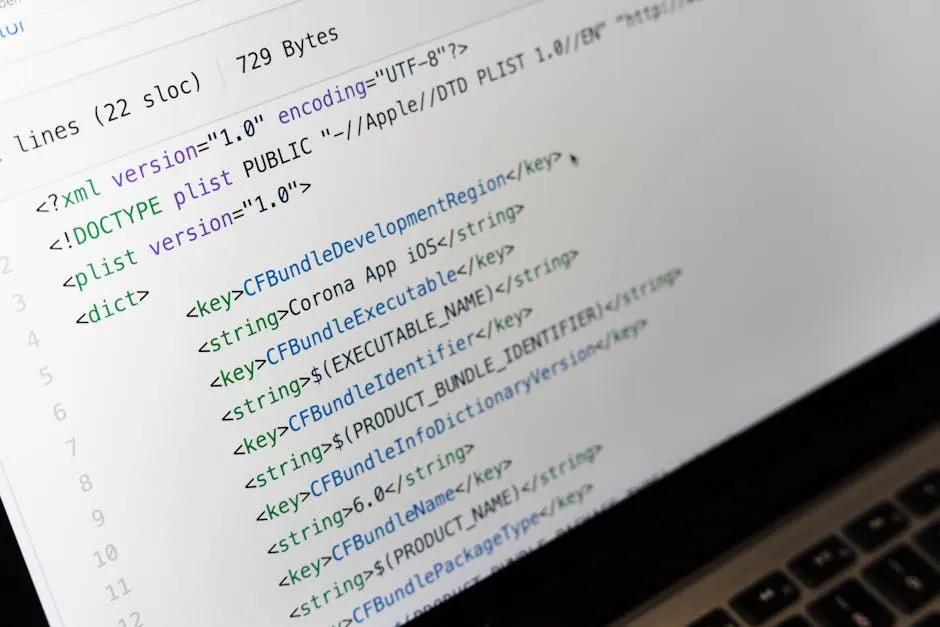The Struggles of Vibe Coding Apps: Why They Haven’t Caught On
In the ever-evolving landscape of technology, mobile applications have become an integral part of our daily lives. From productivity tools to social media platforms, these apps cater to a vast array of needs. However, one category that hasn’t quite taken off is vibe coding apps. In this article, we will explore the reasons behind the lack of traction for dedicated mobile applications in this niche.
Understanding Vibe Coding
Vibe coding, a concept that melds technology with emotional intelligence, aims to help users create experiences that resonate on a deeper level. By utilizing tools that analyze user emotions and responses, developers can create more engaging and personalized applications. Despite the promise of vibe coding, dedicated mobile apps in this arena have struggled to gain popularity.
The Current Landscape
Research indicates that several mobile applications have attempted to offer vibe coding tools, yet few have seen significant user engagement or downloads. This raises the question: why are these apps failing to resonate with their target audience?
1. Lack of Awareness
One of the primary reasons vibe coding apps are not gaining traction is a lack of awareness among potential users. Many individuals are still unfamiliar with the concept of vibe coding and its potential benefits. Without a clear understanding of what these apps offer, users may not feel compelled to download or engage with them.
2. Market Saturation
The app market is notoriously saturated. With millions of apps available across various categories, standing out is a monumental challenge. Vibe coding apps must compete not only with other niche applications but also with mainstream offerings that dominate user attention. This competition often leads to innovative solutions being overshadowed.
3. User Experience Challenges
Another significant factor impacting the success of vibe coding apps is user experience. Many of these applications require a level of interaction and understanding that can be daunting for new users. If the onboarding process is not seamless or if the app’s functionality is not intuitive, users are likely to abandon it in favor of simpler alternatives.
4. Limited Marketing Efforts
Successful apps often have robust marketing strategies that highlight their unique features and benefits. Unfortunately, many vibe coding apps lack the marketing push needed to create buzz and attract users. Without effective promotional campaigns, even the most innovative applications can struggle to find their audience.
5. Reluctance to Change
Lastly, there’s a general reluctance among users to adopt new technologies, particularly those that require a shift in their coding practices. Many developers are accustomed to traditional coding methods and may see vibe coding as an unnecessary complication rather than an enhancement. This resistance to change can hinder the adoption of vibe coding apps.
Conclusion
While vibe coding presents exciting possibilities for enhancing user experiences, the dedicated mobile apps in this space have yet to gain meaningful traction. By addressing the challenges of awareness, competition, user experience, marketing, and user reluctance, developers may find new opportunities to engage users and promote the benefits of vibe coding. The future of this niche may depend on how effectively these challenges are navigated.
